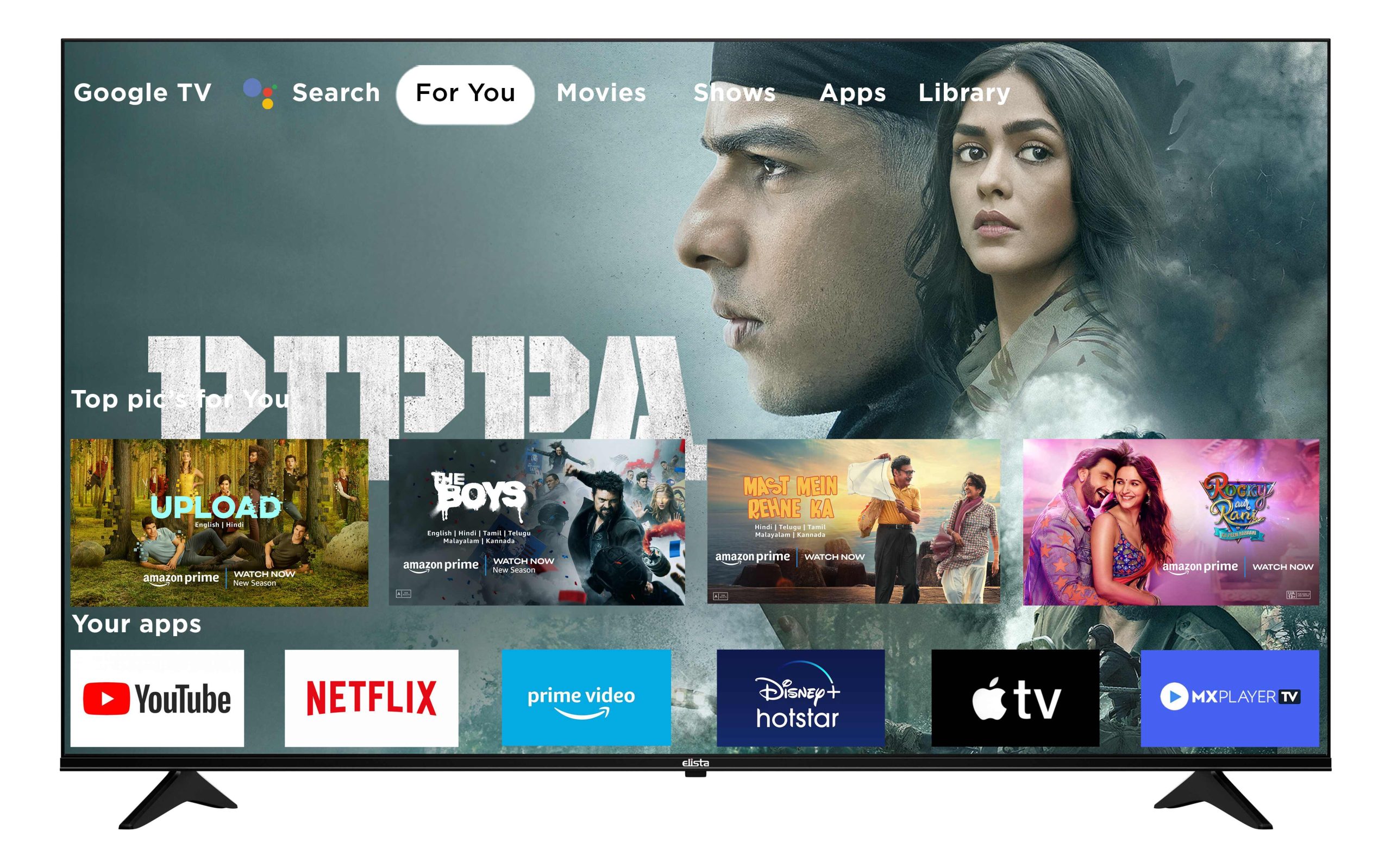Dolby Laboratories, Lenovo, and Google today unveiled the new Lenovo Chromebook Plus (14”, 10), the world’s first Chromebook with Dolby…
Read More

Dolby Laboratories, Lenovo, and Google today unveiled the new Lenovo Chromebook Plus (14”, 10), the world’s first Chromebook with Dolby…
Read MoreWORDS- ABHISHEK BAXI The Google Pixel 9 Pro Fold represents a significant evolution in Google’s foray into the foldable smartphone…
Read More
Elista, has announced the launch of its biggest television yet—an 85-inch (215 cm) Google TV. With this latest addition to…
Read MoreThe new Oppo Watch – the square-shape design of which is very similar to that of the iconic Apple Watch,…
Read MoreApple and Google have decided to put their rivalry and differences aside for the next few months, and are teaming…
Read MoreThe top tech story this week is not the new Macbooks or the new Redmi device but the fact that…
Read MoreLow-light photos are the bane of today’s smartphones and while they’ve improved over the years, they still have a long…
Read MoreAt a global event in the US, Google announced the new Pixel devices – Pixel 3 and the Pixel 3…
Read MoreGoogle has announced that it will start blocking .js attachments in Gmail from 13 February, 2017. Currently, Gmail restricts various…
Read More